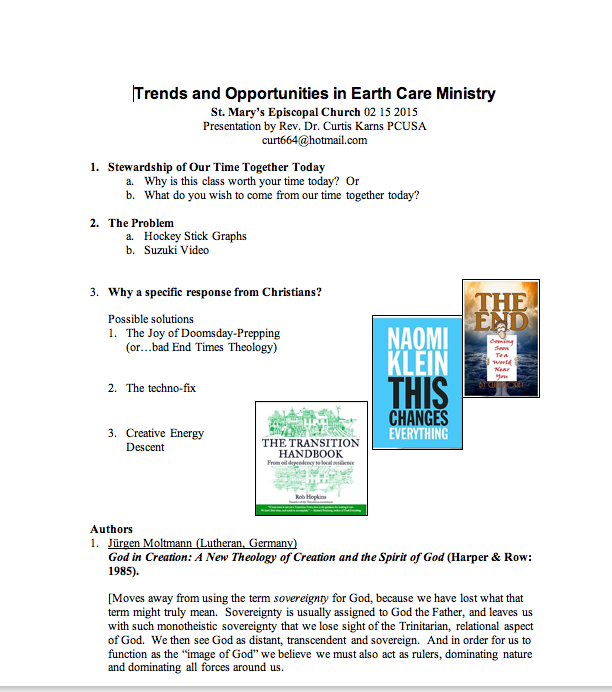Popular posts from this blog
01 08 13 Manger Throne
One of the things that I love about permaculture is that it works. For instance plants that are cultivated in partnership with other species make the land even more fruitful than single crop production, without using chemical fertilizers or pesticides. An example of this is the three sisters: squash, corn and beans allows one plant (beans) to draw nutrients up into the surrounding soil and feeding its neighbor plants, another (squash) to cover the ground and keep away weeds and invasive plants, another (corn) to provide a tall stalk, and yet another (beans again) climbs the stalk. In this way all have just what they need to flourish because they grow in proper relationship with one another. There is also a practical side to any healthy spirituality. The Wisdom literature of the Old Testament (Psalms, Proverbs, Job, Ecclesiastes), for instance, has a goal of showing that life is good—that is, practical—for people who follow the way of the ...
12 16 11 Winter Means Real Hope!
In an earlier entry to this blog I commented that one of the goals undergirding the permaculture philosophy is to develop a 30-year plan for the property. The idea behind this goal is to think through what kind of future the land will be able to provide for the human and non-human residents on the property; both need to flourish, and both need to flourish as well as possible. When Cindee and I commented, recently, that we were taking the long view in developing our property, someone took issue with it. “Why put such time and energy in the kind of development that won’t bear fruit for many years? You might not even be there to see it through, and you certainly won’t be there to enjoy the outcome for very long.” I don’t honestly remember our response. It probably had something to do with the notion that we don’t live our lives just for ourselves, but for those who follow us as well. Whatever our response, this notion has stayed with me that for too many in...







Comments
Post a Comment